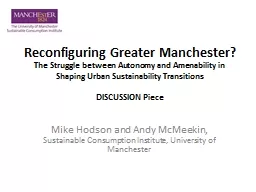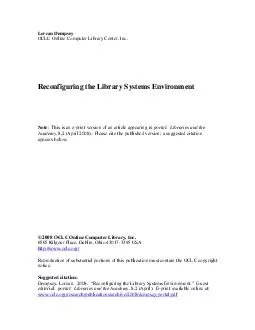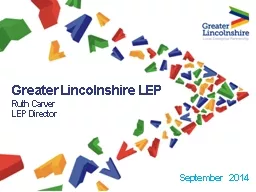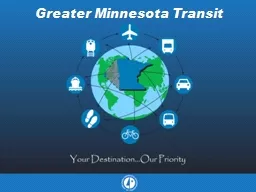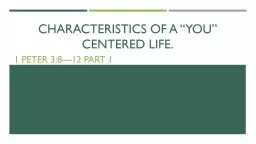PPT-Reconfiguring Greater
Author : giovanna-bartolotta | Published Date : 2018-01-04
Manchester The Struggle between Autonomy and Amenability in Shaping Urban Sustainability Transitions DISCUSSION Piece Mike Hodson and Andy McMeekin Sustainable
Presentation Embed Code
Download Presentation
Download Presentation The PPT/PDF document "Reconfiguring Greater" is the property of its rightful owner. Permission is granted to download and print the materials on this website for personal, non-commercial use only, and to display it on your personal computer provided you do not modify the materials and that you retain all copyright notices contained in the materials. By downloading content from our website, you accept the terms of this agreement.
Reconfiguring Greater: Transcript
Download Rules Of Document
"Reconfiguring Greater"The content belongs to its owner. You may download and print it for personal use, without modification, and keep all copyright notices. By downloading, you agree to these terms.
Related Documents

